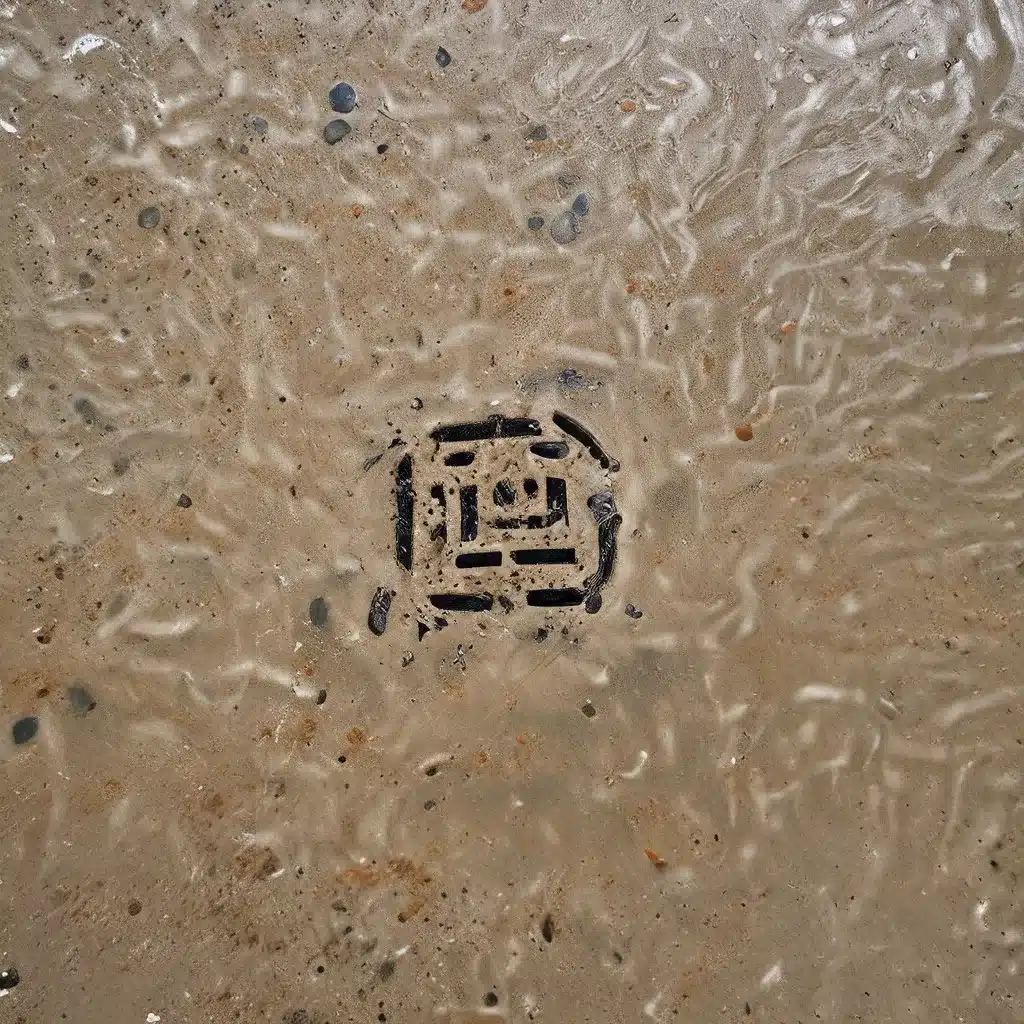Dealing with a sewage backup in your home? Yikes, that’s definitely not a pleasant situation. I’ve been there myself, and let me tell you, it’s no walk in the park. But don’t worry, I’m here to guide you through the process of cleaning up safely and effectively.
First things first – your safety is the top priority. Before you even think about tackling that mess, make sure there’s no electrical or gas hazards lurking around. If you’re not sure, it’s best to call in the professionals to assess the situation. Better safe than sorry, am I right?
Alright, now that we’ve got that out of the way, let’s dive into the actual cleanup process. Grab your rubber gloves, boots, and face mask – you’re about to get your hands dirty (literally).
Removing the Water and Debris
The first step is to get rid of any standing water or sewage. Grab a wet/dry vacuum and start sucking that stuff up. If there’s too much for the vacuum to handle, you might need to rent a pump to really get the job done.
Once the water’s out of the way, it’s time to tackle the solid stuff. Sweep up any solids with a broom and dustpan, and then bag ’em up for proper disposal. Don’t forget to discard any contaminated belongings, like carpets, rugs, and books – they’re basically goners at this point.
Cleaning and Disinfecting
Now comes the fun part – the actual cleaning and disinfecting. Mix up a solution of bleach and water (about 1 cup of bleach per 1 gallon of water) and start scrubbing down those walls and floors. Don’t skimp on the elbow grease – you want to make sure every nook and cranny is sparkling clean.
Once you’ve given everything a good scrub, it’s time to rinse. Grab a fresh bucket of clean water and start rinsing away that bleach solution. Mop the floors, wipe down the walls, and make sure you get everything nice and clean.
Drying It All Out
Alright, now that the dirty work is done, it’s time to focus on drying everything out. Open up those windows, turn on the dehumidifier, and let that air circulate. You want to make sure there’s no lingering moisture, otherwise you’re just asking for mold and mildew to take over.
If you’ve got carpets or rugs that were affected, you’ll need to take some extra steps. The best bet is to replace the padding and shampoo the carpet once it’s completely dry. Trust me, it’s worth the effort to make sure those nasty germs are gone for good.
The Importance of Proper Disposal
Alright, now that you’ve got the cleaning and drying all taken care of, there’s one more crucial step – proper disposal of the contaminated materials. Don’t just toss that stuff in the regular garbage – you need to wrap it all up in plastic bags and make sure it’s taken care of by a professional waste management service.
Adam Cleaning UK can help with that. They’ve got the expertise and equipment to handle biohazardous waste safely and securely. Definitely worth giving them a call if you don’t want to deal with the hassle yourself.
Preventing Future Backups
Now, I know dealing with a sewage backup is the absolute worst, but there are some things you can do to reduce the risk of it happening again. First and foremost, be mindful of what you’re flushing down the toilet. No, your paper towels, diapers, and cooking oil don’t belong there. Dispose of them properly to keep your pipes clear.
Another big culprit? Tree roots. Those pesky things can puncture and infiltrate your sewer lines, causing all sorts of problems. Consider replacing your old pipes with more durable plastic ones to keep the roots at bay.
And speaking of pipes, make sure you’re not doing any illegal plumbing connections. Things like sump pumps and flood control systems shouldn’t be hooked up to your sanitary system – that’s just begging for trouble.
Finally, invest in a backwater prevention valve. This little device can be a real lifesaver, literally directing sewage away from your property and keeping it from coming back in. Definitely worth the investment if you live in an area prone to backups.
When to Call in the Pros
Now, I know I’ve given you a pretty detailed rundown on how to handle a sewage backup yourself, but sometimes it’s just better to call in the professionals. If the damage is extensive or you’re dealing with more than a few square feet of contamination, it’s probably best to let the experts take over.
Adam Cleaning UK has the skills, equipment, and experience to get the job done right. They’ll assess the situation, develop a customized cleanup plan, and make sure your home is restored to a safe, healthy condition. Plus, they’ll handle all the disposal and paperwork, so you don’t have to worry about a thing.
Trust me, when it comes to sewage backups, it’s always better to err on the side of caution. Don’t risk your health or safety trying to tackle it all on your own. Give the pros a call and let them take care of it.
Well, there you have it – your comprehensive guide to safely cleaning up after a sewage backup. I know it’s not the most pleasant topic, but now you’re armed with the knowledge to handle it like a pro. Just remember – safety first, and don’t be afraid to call in reinforcements if you need them.
Wishing you all the best in your cleanup efforts, and here’s to a future free of any more sewage-related disasters!







